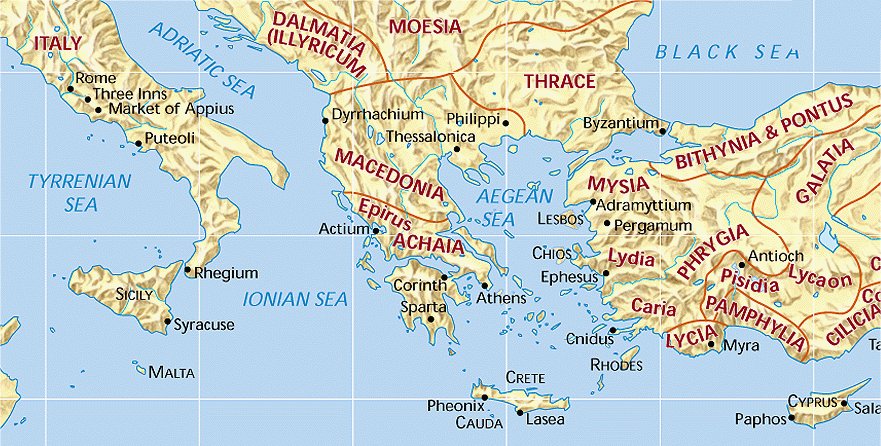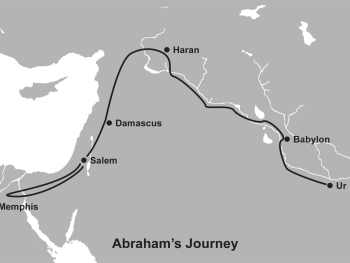In the world of education, the saying "a picture is worth a thousand words" holds true. Visual learning is a potent tool, especially when it comes to introducing children to the stories and teachings of the Bible. Bible maps, with their ability to visually depict the locations and events of scripture, offer a remarkable way to engage young minds and help them forge a meaningful connection with the Word of God.
A Visual Tapestry of Faith
The Bible is a narrative woven through history, cultures, and geography. Bible maps act as a visual tapestry, enriching children's understanding of the stories by showing them where they unfolded. Whether it's tracing the route of the Exodus, exploring the cities Jesus visited, or understanding the missionary journeys of Paul, these maps create a context that brings the narratives to life.
Engaging Curiosity and Imagination
Children are naturally curious beings, always eager to explore and discover. Bible maps ignite this curiosity by offering a visual platform for exploration. Kids can journey through the lands of the Bible, interacting with locations and asking questions about the events that took place. This engagement fuels their imagination and encourages them to delve deeper into the stories.
Memory Enhancement Through Visualization
Visual learning is known to enhance memory retention. When children see a map that depicts the path David took to confront Goliath or the places Jesus performed miracles, those images become imprinted in their minds. These mental snapshots serve as memory aids that make scripture more accessible and memorable.
Fostering Connections and Context
The ability to connect a story with a specific place enhances comprehension. Bible maps provide the context that is often missing from mere text. Kids can understand why certain events occurred in certain places and how geography played a role in shaping the lives of biblical characters. This understanding adds depth to their appreciation of scripture.
Interactive Learning for Active Participation
Interactive Bible maps take the power of visualization even further. Kids can actively participate by clicking on locations, discovering additional information, and navigating through the landscapes of the Bible. This hands-on approach transforms learning into an adventure, encouraging active participation and making the process enjoyable.
Bridging the Gap Between Generations
Visual tools like Bible maps create a bridge between generations. Parents, teachers, and children can come together to explore scripture in a shared experience. As families or classrooms interact with these maps, they exchange insights, ask questions, and build a deeper connection to the stories that have shaped their faith.
The power of visual learning cannot be overstated, and Bible maps exemplify its potential in the realm of spiritual education. By harnessing the visual aspect of maps, we provide children with a dynamic way to connect with scripture, fostering a lifelong relationship with the Word of God. As we guide children on their journey through the stories of faith, let's continue to harness the power of visual learning and allow Bible maps to be a guiding light that illuminates their path to understanding and connection.




